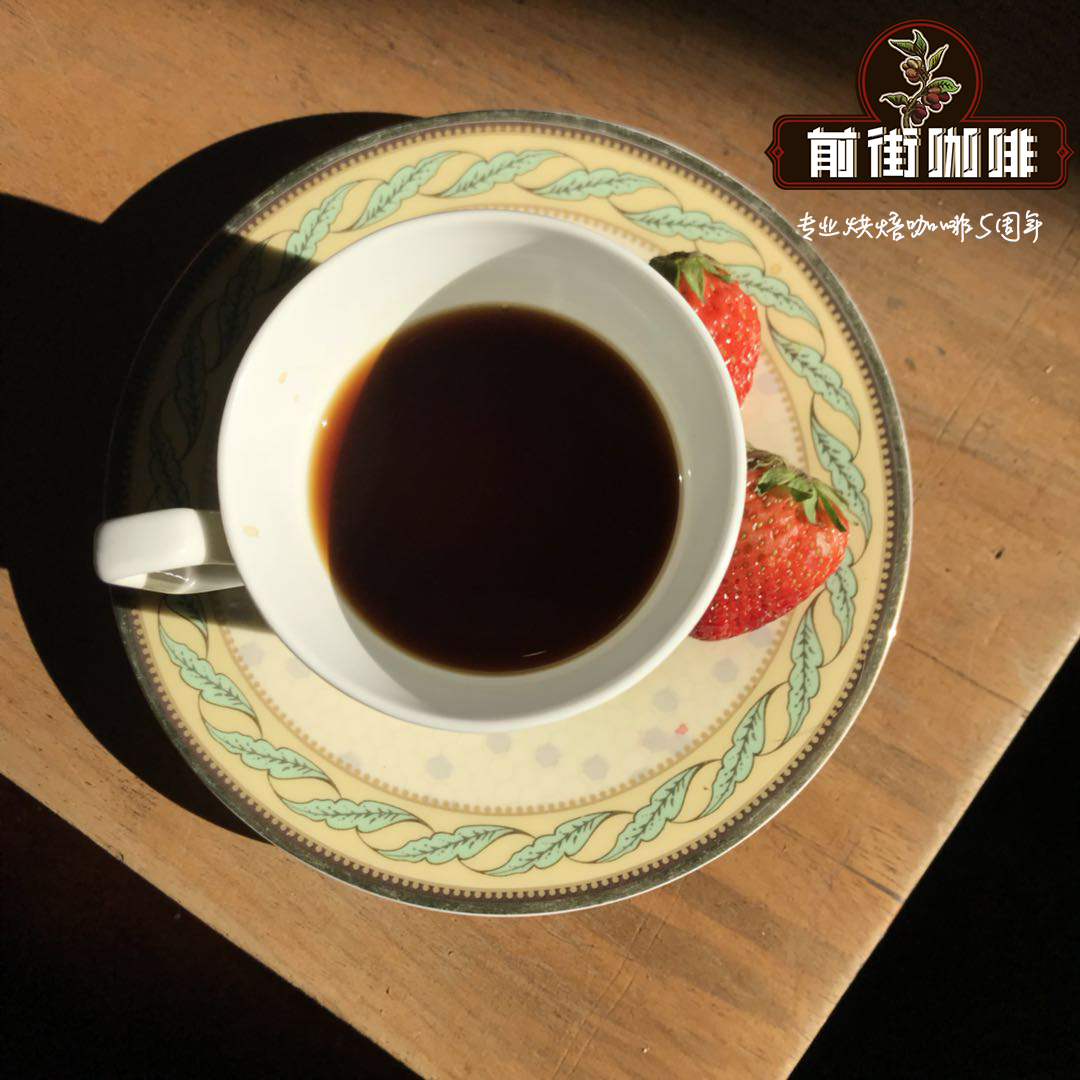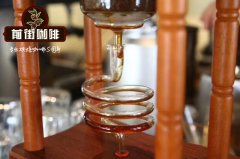Ethiopia Sidamoguji Fruit Wine Coffee Bean introduction Sidamo Coffee

Professional coffee knowledge exchange more coffee bean information please follow the coffee workshop (Wechat official account cafe_style)
The Guji producing area in southern Ethiopia is adjacent to the Sidamo and Gedeo areas, with towering mountains, highlands, plateaus, valleys and plains. The geology of the area is a fertile and well-drained volcanic soil with a depth of nearly two meters and a dark brown or brown surface soil. The biggest advantage of the place is that the soil fertility is maintained through the circulation of natural organic matter, using the withered leaves or litter of the surrounding trees and the residual roots of plants as natural fertilizer.
There are eight major coffee producing areas in Ethiopia: Ekempti, Limu, Illubabor, Djimma, Harrar, Teppi/Bebeka, Sidamo and Yirgacheffe.
Ethiopian coffee is highly rated in Taiwan, especially Chinese people are particularly interested in and love the three more famous producing areas of Ethiopia, namely Harrar, Sidamo and Yirgacheffe. The Sidamo producing area (Sidamo) is located in southern Ethiopia. The industry here is dominated by agriculture, and the coffee-growing area is located around the East African Great Rift Valley (Great Rift Valley). The largest town in Sidamo province is Hawassa, which is an important local coffee export distribution center. The coffee flavor of Sidamo is very diverse, because of the different soil composition, regional microclimate and countless native coffee varieties, the coffee produced in each urban area has obvious differences and characteristics. Shakisso is located in the southern part of Guji and Oromia, adjacent to Sidamo and Gedeo. There are many mines in this area, which were used to mine gold in the early days, so there are many potholes in this coffee growing area, which makes it dangerous for people to walk between coffee growing areas. Shakiso is a unique producing area of Guji / Sidamori, even in West Dharma, which is a remote area away from most coffee producing areas, and another famous local product is gold. Miners, land, ethnicity and other factors also destabilized the region in 2006. As a result, the biggest problem facing the region now is that ─ needs manpower to maintain the growing area and harvest coffee. Local small farmers began growing organic coffee in 2001 and work closely with medium-sized coffee producers because they are familiar with how to grow forest coffee in the highlands.
The products of the Guji Gigessa processing plant are privately owned by the Faysel Abdosh family. Coffee grows in volcanic mud at an altitude of 1750 meters to 1900 meters. If you pay any attention to coffee, you have heard of Ninty Plus, a raw bean company whose Nekisse (product name) is selected from Guji's Shakisso Shakiso.
Guji strawberry wine (Burtukaana) small farmers sun-dried beans and Guji Angel Dima (Diima) sun-dried beans are very different, the former bright, the latter pure!
Qianjie recommended cooking parameters:
Hand punch: V60 filter cup small Fuji R440 grinding 3.5, water temperature about 90 degrees
The recommended grinding degree of normal pressure is 4 and the water temperature is 90 ℃.
The recommended siphon grinding degree is 4, and the water temperature is 90 ℃ ~ 91 ℃.
The pressure grinding degree of Philharmonic is recommended to be 3.5, and the water temperature is 90 ℃.
Important Notice :
前街咖啡 FrontStreet Coffee has moved to new addredd:
FrontStreet Coffee Address: 315,Donghua East Road,GuangZhou
Tel:020 38364473
- Prev

Flavor and taste characteristics of AA washed beans from Mulankaga Tubu treatment Plant, Kenya?
Professional coffee knowledge exchange more coffee bean information please follow the coffee workshop (Wechat official account cafe_style) Kenya Mulankaga tubu processing plant AA washed bean flavor and taste characteristics? Production area: Haiba, Mulanka County, Kenya, Africa: 1850 m treatment plant: Gatubu plus tubu varieties: SL28, SL34 treatment: Kenyan water washing Kenya is adjacent to
- Next

Kenyan washed AB coffee differs from Kenyan AA coffee in taste
Professional coffee knowledge exchange more coffee bean information please follow the coffee workshop (Wechat official account cafe_style) what are the flavor characteristics and taste of AB grade water washed beans in Kaili, Kenya? Variety: (SL28SL34) Kenya, located in East Africa, is one of the major coffee producing countries.
Related
- Detailed explanation of Jadeite planting Land in Panamanian Jadeite Manor introduction to the grading system of Jadeite competitive bidding, Red bid, Green bid and Rose Summer
- Story of Coffee planting in Brenka region of Costa Rica Stonehenge Manor anaerobic heavy honey treatment of flavor mouth
- What's on the barrel of Blue Mountain Coffee beans?
- Can American coffee also pull flowers? How to use hot American style to pull out a good-looking pattern?
- Can you make a cold extract with coffee beans? What is the right proportion for cold-extracted coffee formula?
- Indonesian PWN Gold Mandrine Coffee Origin Features Flavor How to Chong? Mandolin coffee is American.
- A brief introduction to the flavor characteristics of Brazilian yellow bourbon coffee beans
- What is the effect of different water quality on the flavor of cold-extracted coffee? What kind of water is best for brewing coffee?
- Why do you think of Rose Summer whenever you mention Panamanian coffee?
- Introduction to the characteristics of authentic blue mountain coffee bean producing areas? What is the CIB Coffee Authority in Jamaica?

